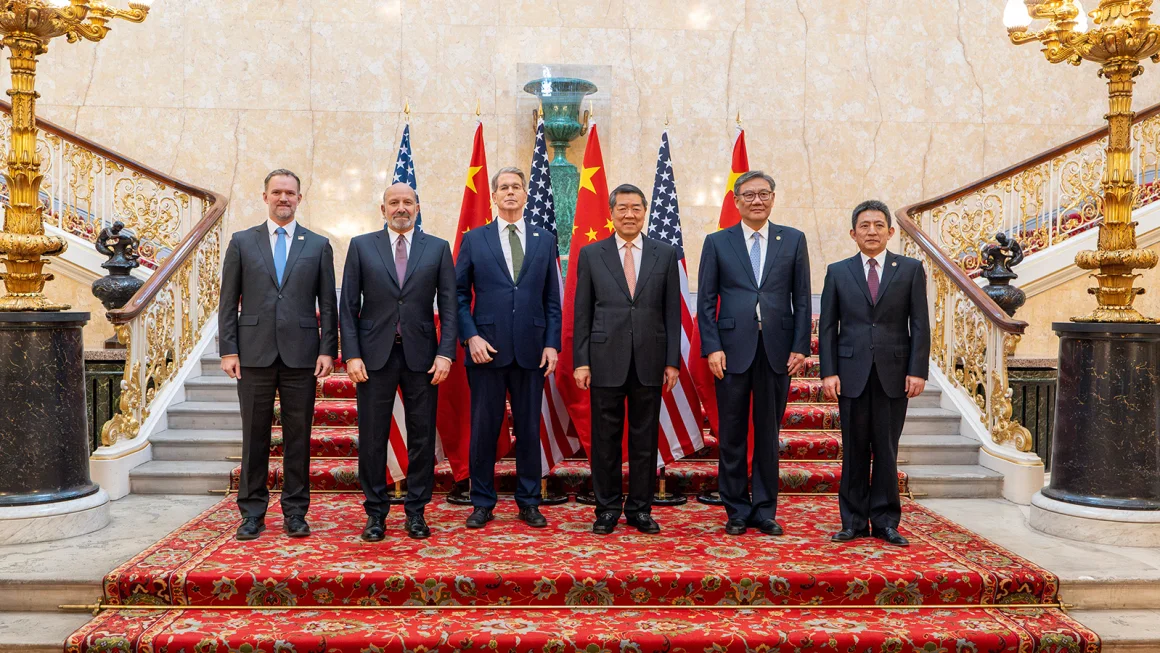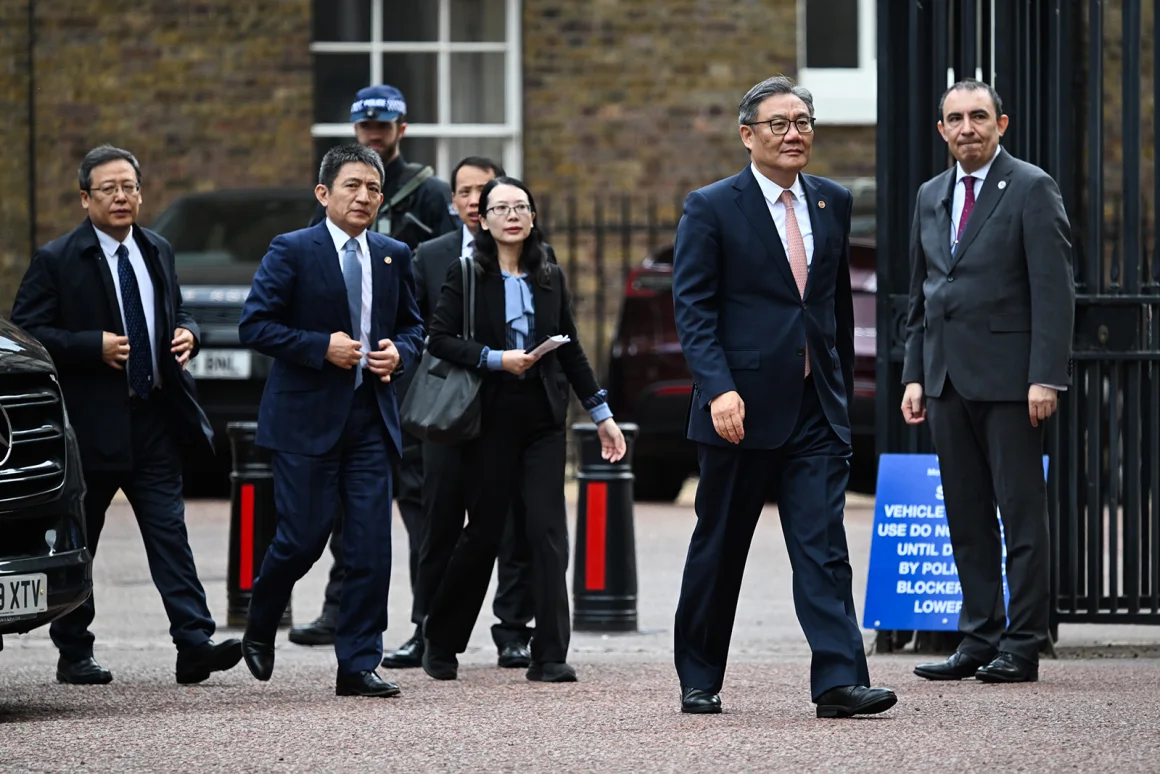U.S.-China Trade Issues

TEXT : Peter Robertson
The long-standing trade friction between the United States and China has shown signs of progress, as both countries moved a step closer to resolving their differences. During a ministerial-level meeting held in London, UK, the two sides announced that they had agreed on a framework to implement the broad consensus reached during their earlier talks in Switzerland last month. The two-day discussions were led by U.S. Commerce Secretary Ratnick and Chinese Vice Minister of Commerce Li Chenggang, and were described as tense yet constructive.
Following the meeting, Secretary Ratnick told reporters, "We will now return to the U.S. to report to President Trump. The Chinese side will likewise report to President Xi Jinping. If the agreement is approved at the top level, the framework we have been working on over the past two days will be implemented immediately." He emphasized that substantial progress had been made at the working level.
One of the key issues highlighted by the U.S. side was China’s export restrictions on rare earth elements, a matter that has long been a point of contention. Secretary Ratnick stated, "If the framework proceeds smoothly, the rare earth issue will likely be resolved," expressing optimism about stabilizing the supply chain for the high-tech industry. Rare earth elements are essential for various advanced technologies, including smartphones, electric vehicles, and military radar systems. As China accounts for more than 80% of global supply, the issue is of significant strategic importance to the United States.

The Chinese side also responded positively to the outcome of the talks. Vice Minister Li Chenggang commented through the state-run Xinhua News Agency, "We held deep and candid exchanges of views during this meeting. While recognizing the differences in our trade positions, we were able to engage in constructive discussions." He further stated, "This meeting is an important step toward strengthening mutual trust and promoting the sound development of economic relations between the two countries," signaling the potential for further cooperation.
This agreement on the framework goes beyond a simple arrangement of import-export terms. It carries the potential to impact a wide range of economic and diplomatic relations between the U.S. and China. Until now, the two countries had been engaged in retaliatory actions, including imposing additional tariffs on each other. This marks the first time an official cooperative stance has been shown. Amid growing uncertainty in the global economy, the international market has welcomed the outcome of the talks. Stock markets in New York and Shanghai have seen an uptick, especially among technology-related stocks.
However, the real test lies ahead. Whether this framework will be successfully implemented depends on future political decisions and execution. All eyes are now on how President Trump will respond to the framework, and on the decisions of President Xi Jinping, which will greatly influence future developments. Moreover, unresolved issues such as intellectual property protection and forced technology transfers still linger between the two countries. If these problems resurface, the trust that has only just begun to form may quickly erode.
Nevertheless, the willingness of both sides to take a cooperative approach at this ministerial-level meeting can be seen as a small yet meaningful step toward improving the chilled relationship between the two countries. Moving forward, the world will be watching closely to see whether the agreed-upon content will receive approval at the leadership level and be translated into concrete policy actions.
.
